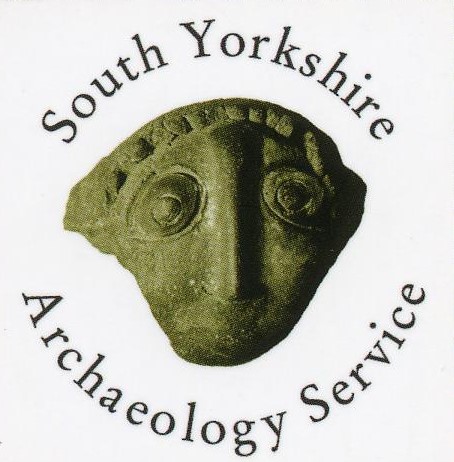Bramall Lane Bridge/Culvert
Location/Address
Eyre Street, Sheffield, S1
Type
Description
Bramall Lane Bridge was constructed by 1845, replacing a small wooden footbridge across the Porter Brook. On one side of the river was Vulcan Works and to the south the small industries of 'Little Sheffield' and the open spaces of Highfield. The new bridge helped open up land south of the town to new development. The bridge appears on the Ordnance Survey map of Sheffield, published in the 1850s, but after that quickly disappears from OS maps. The local press reports work began in January 1864 to widen and strengthen the bridge. This may have been when the bridge was extended/culverted to its present form. This expansion was, in part, required by road layout changes, with the construction of Ellin Street over the former Vulcan Works dam, and associated development. The adjacent 'Bridge Inn' pub survived into the mid-20th century.
The stone structure curves as it follows the course of the river. One end is visible through the trees in the open section of the former Staples car park, however the other end is out of sight under the Decathlon car park. Halfway under the bridge the well preserved tail goit from Vulcan Works joins the structure and here the river bank has yielded finds such as a Victorian inhaler and oyster shells.
In recent years the bridge site has been maintained by the 'Friends of Bramall Lane Bridge' who have installed interpretation boards, carried out surveying, and cleaned the river bank. Hopefully local listing will help protect this largely forgotten piece of history and heritage.
Statement of Significance
Asset type
Structure - bridgeAge
Built by 1845, widening underway 1864 and certainly extended/culverted to its present form by the 1890s. There is a visible join in the structure about 25m from the Decathlon end (75m from the Staples end) thought to indicate this extension.Rarity
The bridge was one of the first major public works carried out by the newly formed Sheffield Corporation, which had been formed in 1843.Historic Interest
The bridge was proposed and built by the new Corporation, utilising their powers and responsibilities under the 1835 Highway Act. The bridge was instrumental in helping the Sheffield Corporation develop the town to the south, and its importance to history has also been noted by John Garrett, Sheffield United club historian, in an article in the club programme versus Manchester City in January 2020, 'Building a Bridge for Bramall Lane', in which the importance of the bridge to the location of Bramall Lane ground is examined.Landmark Status
Although the construction of the St. Mary's Gate ring road means the bridge is no longer on Bramall Lane itself, it forms part of the story of Bramall Lane and so is part of a story that reaches beyond the city.Images and Documents
Date Listed
18 Sep 2023
Last Updated
13 Jun 2023
Comments and Feedback
Do you have any questions or more information about this record?












